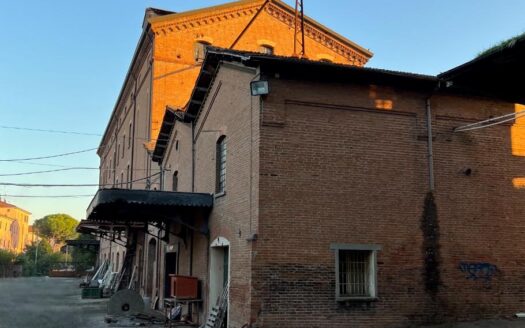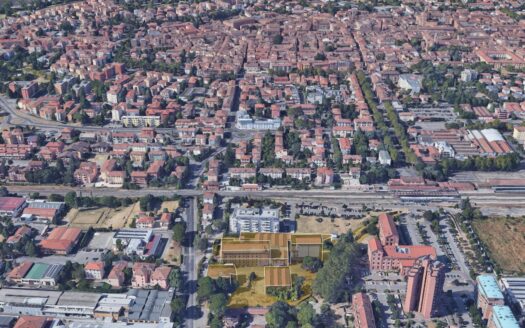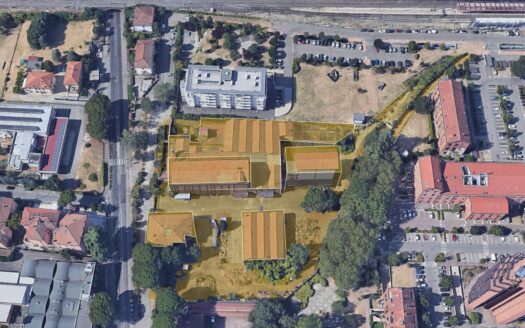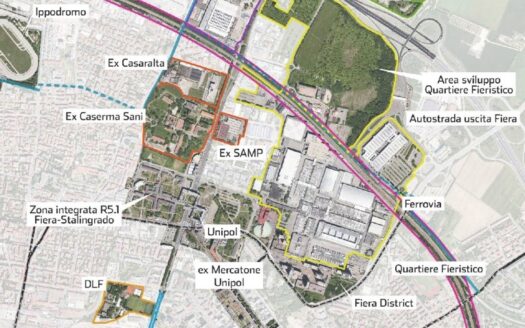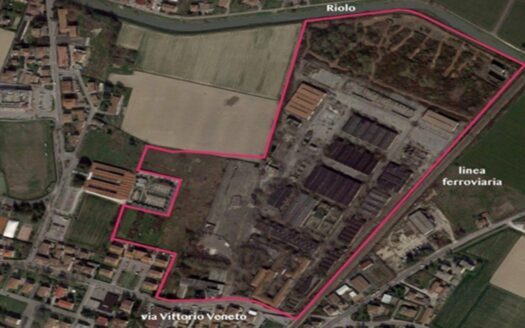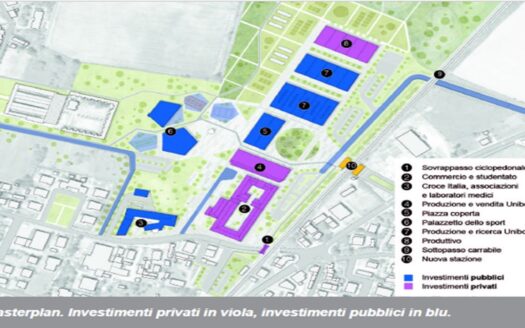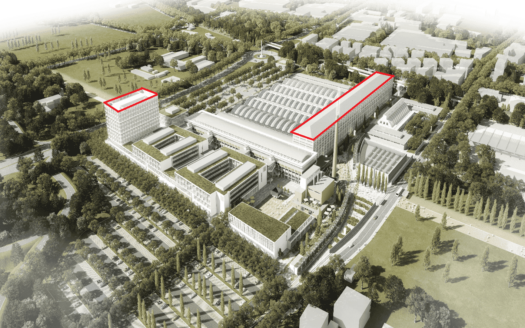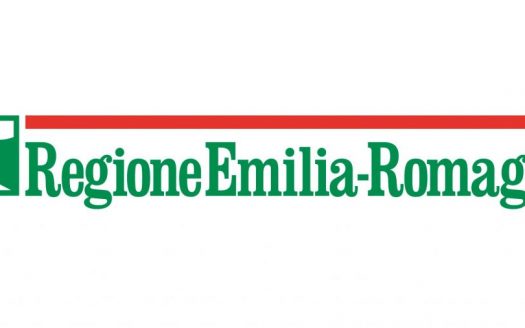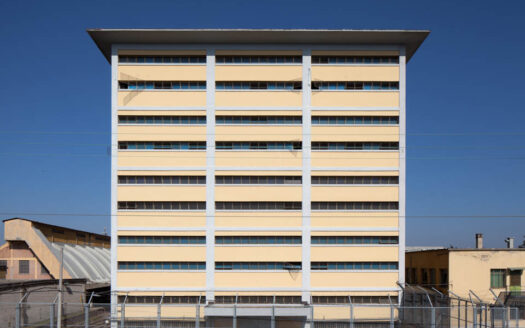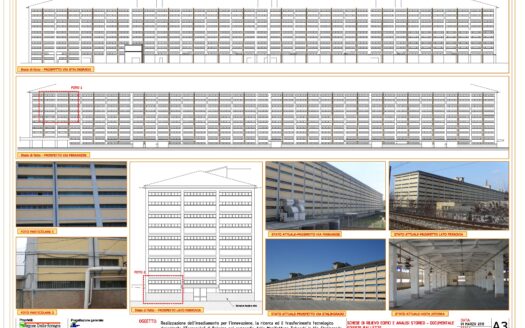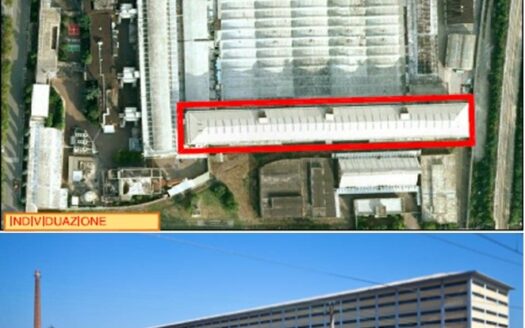The Bologna metropolitan area, with 55 municipalities and a population of one million inhabitants, is a gateway to both national and international markets and is situated at the crossroads of Europe. Center of the Emilia-Romagna Region, Bologna metropolitan area is renowned for its manufacturing companies, the motor industry and the Imola racetrack, solid physical and social infrastructures and exceptional quality of life. Bologna is home to Europe’s oldest university with about 76 thousand students enrolled in the metropolitan city (RER, a.y. 2023/24). We also find several national and European research centers in Bologna including the ECMWF European Centre for Medium-Range Weather Forecasts and CINECA inside the Tecnopolo Manifattura Data Valley Hub, along with world class supercomputers including Leonardo.
The main industry is mechanical engineering, with automotive and packaging products of global renown, but the territory is also very present in all the main regional sectors. There is a wide range of cultural and natural attractions that ranges from the city centre – that is a UNESCO world heritage site – to numerous itineraries on the Apennines, with a significant increase in tourism in recent years. Bologna is surprisingly lively in cultural terms while its food and wine tradition is of worldwide renown.
Investments in the redevelopment and regeneration of urban areas, also driven by the growing attractiveness of the metropolitan area to new residents, students and tourists, are shaping the future of Bologna and offering excellent investment opportunities. Invest in Bologna is the public and free service that provides support to operators interested in setting up and developing their businesses in the Bologna metropolitan area.
Population
| The Metropolitan City of BOLOGNA | Data | Source – Year |
| Total population | 1,022,338 | RER – 2024 |
| Male | 48.5% | RER – 2024 |
| Female | 51.5% | RER – 2024 |
| % youth population (<15 years) | 11.8% | RER – 2024 |
| % elderly population (>65 years) | 24.8% | RER – 2024 |
| No. students enrolled in university | 75,691 | RER – a.y. 2023/24 |
Residential property market trends
(SOURCE OMI, data processing ART-ER)
The Bolognese territory is made up of 55 municipalities organized into seven Unions. Overall, the number of transactions for the residential property market has grown across the entire metropolitan area in the 2018-2023 period, from 13,596 transactions (NTN) in 2018 to 14,634 in 2023 with a percentage increase of 7.6%.
In terms of property size, transactions in the metropolitan area of Bologna in 2023 can be broken down as shown:
- 9% properties up to 50 sqm
- 37% properties between 50 sqm and 85 sqm
- 30% properties between 85 sqm and 115 sqm
- 12% properties between 115 sqm and 145 sqm
- 12% over 145 sqm
Description of socio-economic context
Production specialisation, districts and specialities, foreign investors in the province
The main industry is mechanical engineering with leading Motor Valley companies (Lamborghini, Ducati) and the Motor Vehicle University (MUNER), as well as outstanding manufacture of metal products and machines for packaging and hydraulics. The mechanics industry is followed by building & contruction (important furniture companies and Imola ceramics), agribusiness (typical produce such as fresh pasta and cold cuts) and health (renowned health services and an important prosthetics department).Fashion (clothing and footwear) has a significant presence and there is a high concentration of companies in the sectors of Culture and Creativity.
About 525 companies with turnover higher tha 1 million euros are controlled by a foreign global ultimate owner (2023, Aida BvD, data process. ART-ER), including: Philip Morris, Audi/Volkswagen, Toyota Material Handling, FEV, Yoox-YNAP, Marposs, etc. Other outstanding companies include: IMA, GD (Coesia Group), Sacmi, Aetna Group, Granarolo, Alfasigma, Bonfiglioli Riduttori, Cefla, Datalogic, Marchesini, Conserve Italia, Marelli, Termal Group and Furla.
| Companies and work | Data | Source – Year |
| Number of local units | 106,029 | Infocamere – 2024 |
| Employees | 422,359 | Infocamere – 2024 |
| Unemployment rate | 3.8% | Istat – 2023 |
Employees by supply chain (Infocamere, 2024)
Services
Innovation, transport, smart city, etc.
Bologna holds 3rd place nationally (out of over 100 cities) in the 2019 smart city index by I-City Rank (Forum PA). Its logistic position is particularly strategic as it is home to the region’s main international airport, the Bologna freight terminal, a high-speed railway station, and a motorway junction towards both north and south Italy. The Big Data Technopole in Bologna, currently being completed, is the hub of the region’s expanding Data Valley, and has some of the most powerful HPC supercomputers in the world as well as European data centres (ECMWF). The BolognaFiere exhibition centre is one of the most important in the region and holds events such as SAIE/Cersaie, Cosmoprof, Eima, ArteFiera, Children Book Fair and many others.
Cultural and natural heritage, accommodation, tourism
Bologna – home to the oldest university in the Western world – is an UNESCO world heritage site thanks to the 62 km of porticoes, in particular in its historic centre. The entire metropolitan area offers historical attractions such as the village of Dozza, Imola’s Rocca Sforzesca and the Rocchetta Mattei. The territory registers an annual presence of 5,807,269 visitors (2024, RER) and an accommodation capacity of approximately 44,943 beds (2023, RER). The city is connected with other areas of interest through naturalistic itineraries in the Apennines, such as the “Via degli Dei” which leads to Florence. Food and wine tradition (from tortellini and mortadella to Pignoletto) is combined with cultural attractions that include international festivals such as Cinema Ritrovato, linked to an important cinema restoration centre, and Biografilm. Bologna is UNESCO Creative City of Music, boasting a lively context and a municipal theatre that is one of the most prestigious in Italy.
For more information: https://emiliaromagnaturismo.it/en/towns/bologna
Map of main structures and infrastructure
| Distances | Km |
| Bologna – Milano | 215 |
| Bologna – Livorno | 181 |
| Bologna – La Spezia | 213 |
| Piacenza – Bologna | 153 |
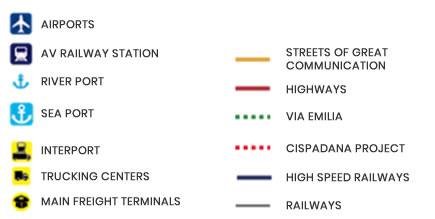
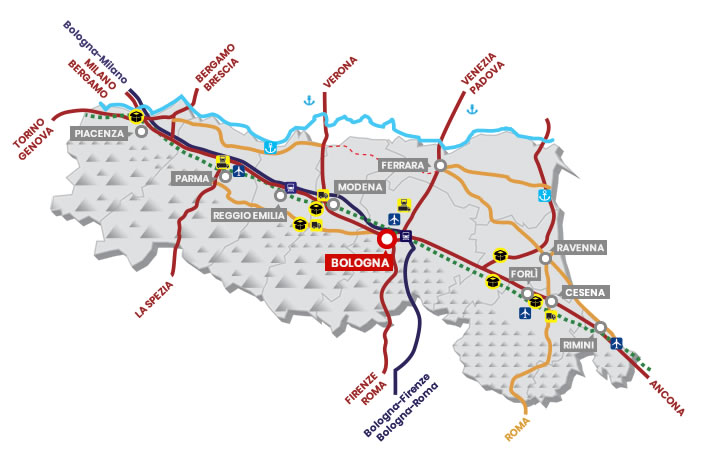
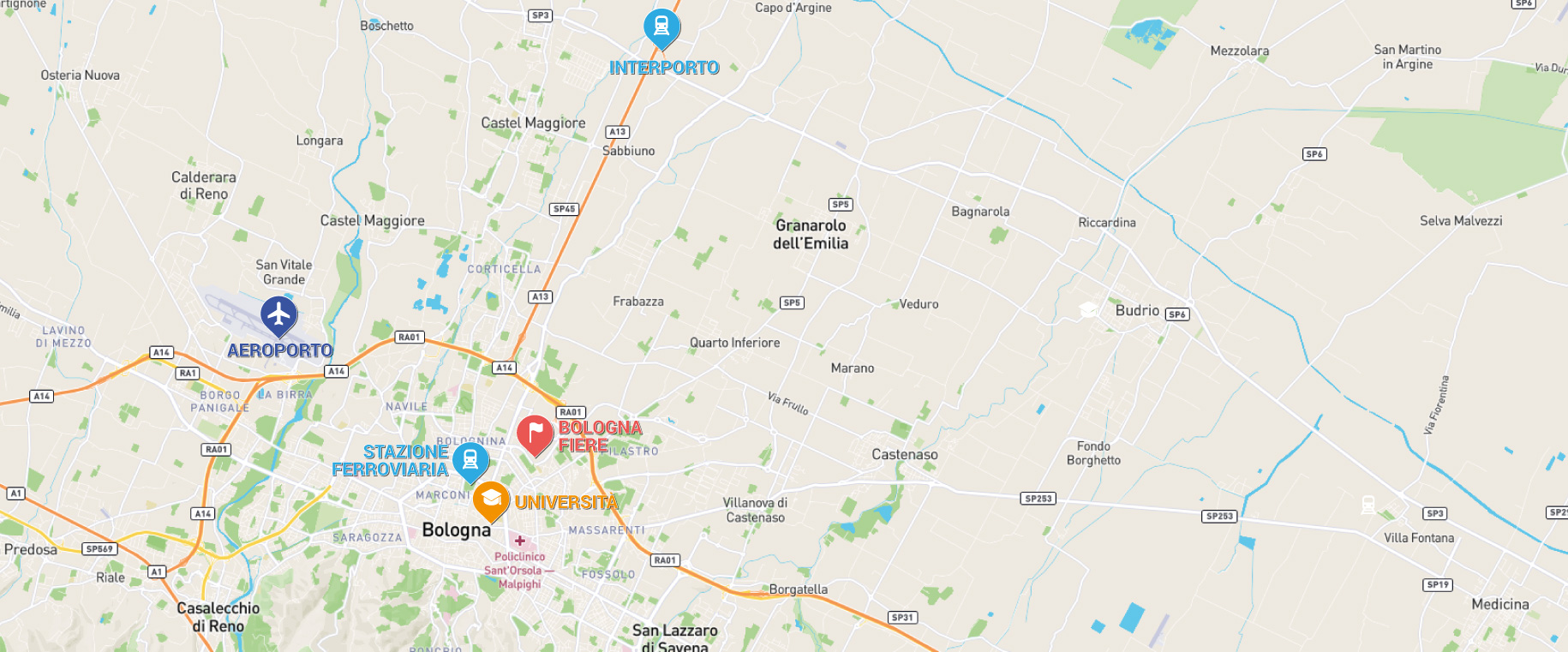
A selection of companies from the Metropolitan City of Bologna


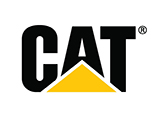
















Real estate in Bologna
In-depth links
- Università di Bologna – https://www.unibo.it/
- MUNER – Motor Vehicle University of Emilia-Romagna: https://motorvehicleuniversity.com/
- Bologna Fiere: https://www.bolognafiere.it/en/
- Cersaie: https://www.cersaie.it/en/
- Cosmoprof: https://www.cosmoprof.com/
- Eima: https://www.eima.it/it/index.php
- Bologna Welcome – https://www.bolognawelcome.com/
- Teatro Comunale di Bologna: http://www.tcbo.it/
- Tecnopolo Manifattura Data Valley Hub: https://www.tecnopolomanifattura.it/en
- Tecnopolo di Bologna – CNR: https://tecnopolo.bo.cnr.it/
- Cinema Ritrovato Festival: https://festival.ilcinemaritrovato.it/en/
- Biografilm Festival: https://www.biografilm.it/
Italian only:
- Metropolitan area of Bologna: https://www.cittametropolitana.bo.it/portale/








